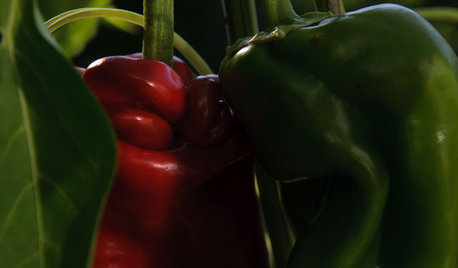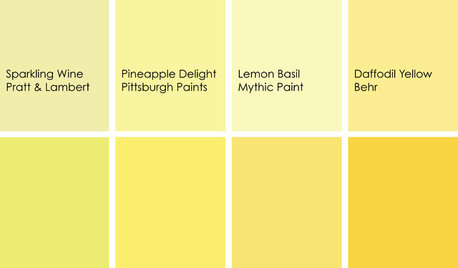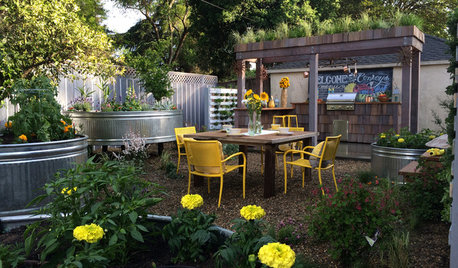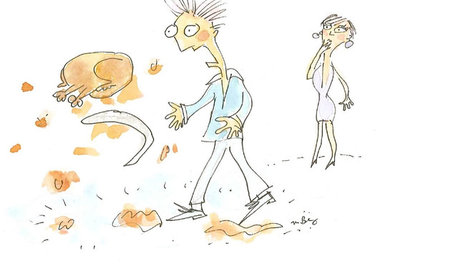Banana Peppers
susanlynne48
15 years ago
Related Stories

GARDENING GUIDESSummer Crops: How to Grow Peppers
Some like 'em hot; others like them sweet. With the incredible range of peppers available for home gardens, you can have your pick
Full Story
KITCHEN DESIGNCooking With Color: When to Use Yellow in the Kitchen
Perk up your kitchen with a burst of Pineapple Delight or a dollop of Top Banana on the walls, cabinets or countertops
Full Story
FARM YOUR YARD10 Easy Edibles to Grow in Containers
These herbs, vegetables and fruits are just as happy in a pot as they are in the ground
Full Story
GARDENING GUIDESHow to Keep Your Citrus Trees Well Fed and Healthy
Ripe for some citrus fertilizer know-how? This mini guide will help your lemon, orange and grapefruit trees flourish
Full Story
WINTER GARDENINGPruning Secrets for Exquisite Roses
Encourage gorgeous blooms year after year with this time-tested advice on how to prune your rosebush in winter for health and shape
Full Story
KITCHEN DESIGNWorld of Design: Favorite Recipes From Food Lovers Around the Globe
Travel with your tastebuds and experience for yourself these international foodies' favorite dishes
Full Story
KITCHEN DESIGNHouzz Call: What’s Cooking in Your Kitchen?
Most of us turn to recipes, videos and culinary shows when we cook. Where do you set your cookbook, tablet or TV screen?
Full Story
FARM YOUR YARDRemake Your Backyard Into a Mini Farm
You can get a taste of country life by line-drying your laundry, growing some produce or going whole hog with the critters
Full Story
MOST POPULAR7 Ways to Design Your Kitchen to Help You Lose Weight
In his new book, Slim by Design, eating-behavior expert Brian Wansink shows us how to get our kitchens working better
Full Story
MOST POPULARThanksgiving Tales: When the Turkey Tanks
Houzz readers prove adept at snatching victory from the jaws of entertaining defeat
Full Story






soonergrandmom
Okiedawn OK Zone 7
Related Professionals
Foothill Ranch Landscape Architects & Landscape Designers · Edmond Landscape Contractors · Bell Gardens Landscape Contractors · Broadlands Landscape Contractors · Dinuba Landscape Contractors · Flagstaff Landscape Contractors · Laguna Hills Landscape Contractors · Madera Landscape Contractors · Norristown Landscape Contractors · North Potomac Landscape Contractors · Panama City Beach Landscape Contractors · Rosemount Landscape Contractors · Sugar Hill Landscape Contractors · Jeffersonville Decks, Patios & Outdoor Enclosures · Olathe Decks, Patios & Outdoor Enclosuressusanlynne48Original Author
shankins123
soonergrandmom
Okiedawn OK Zone 7
susanlynne48Original Author
Okiedawn OK Zone 7
ilene_in_neok
Okiedawn OK Zone 7
lhairston06_aol_com
Okiedawn OK Zone 7